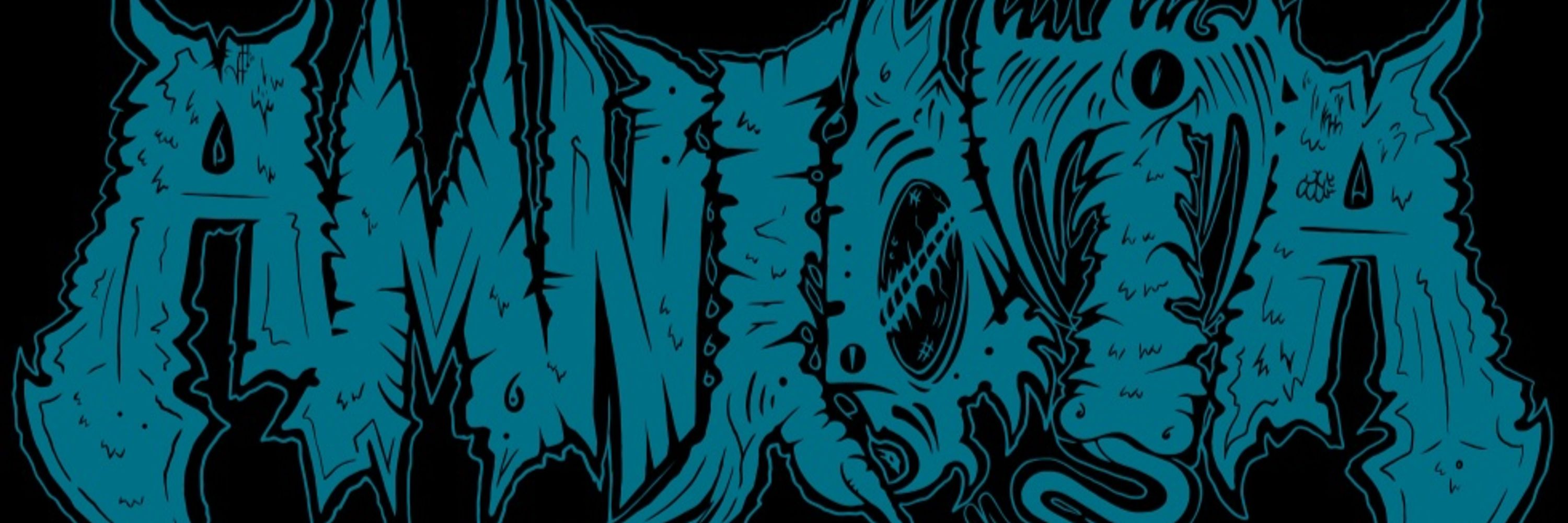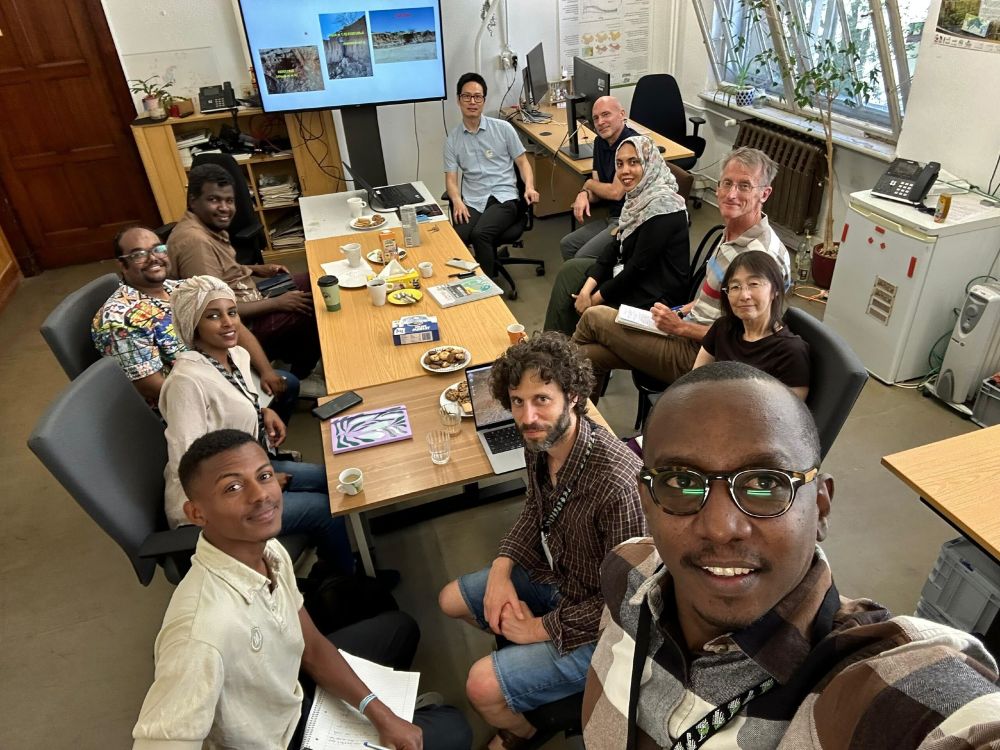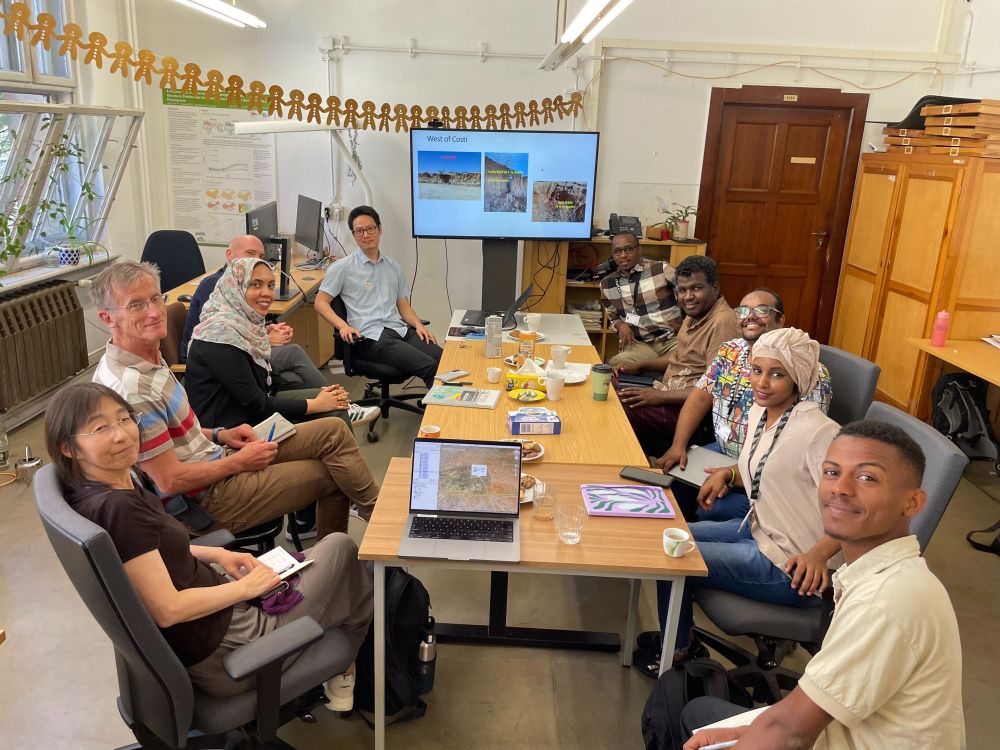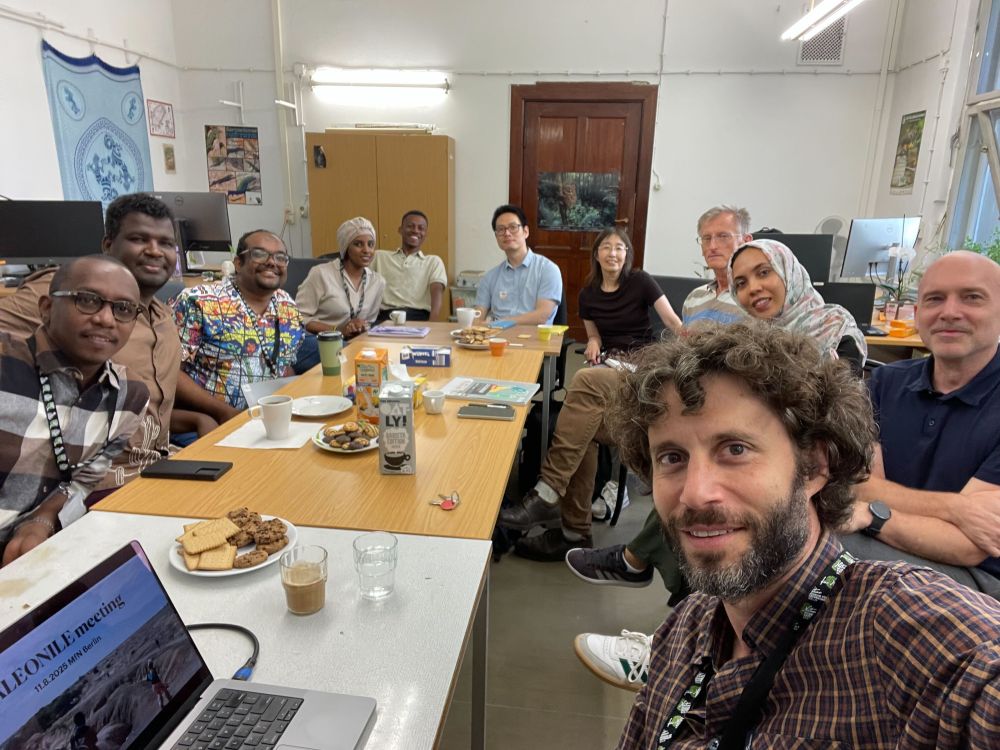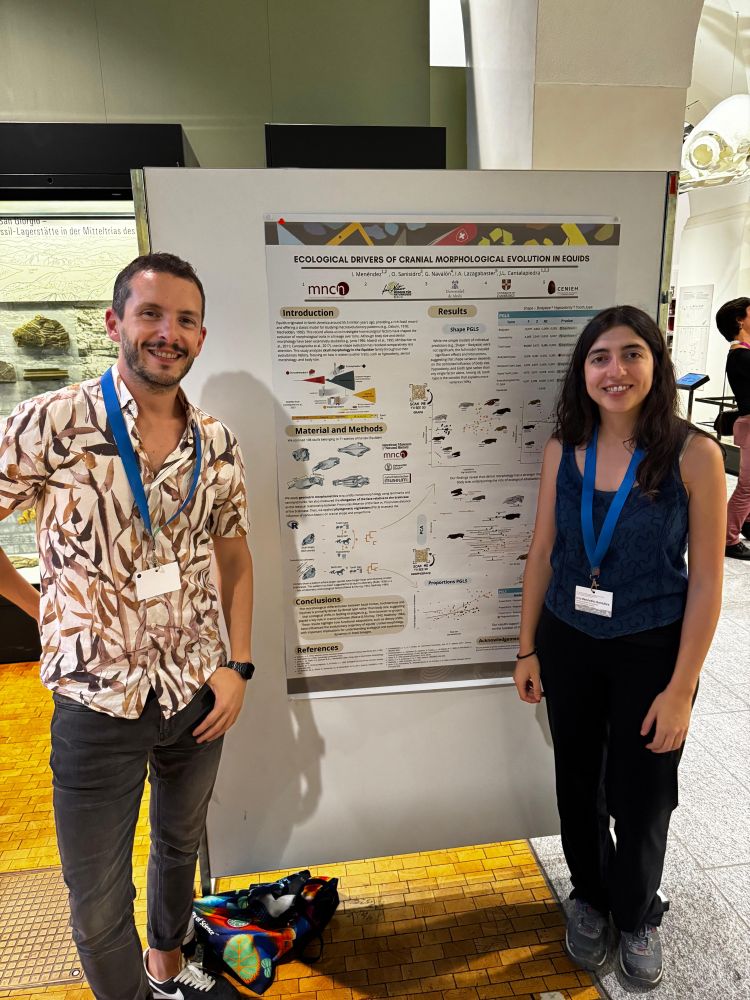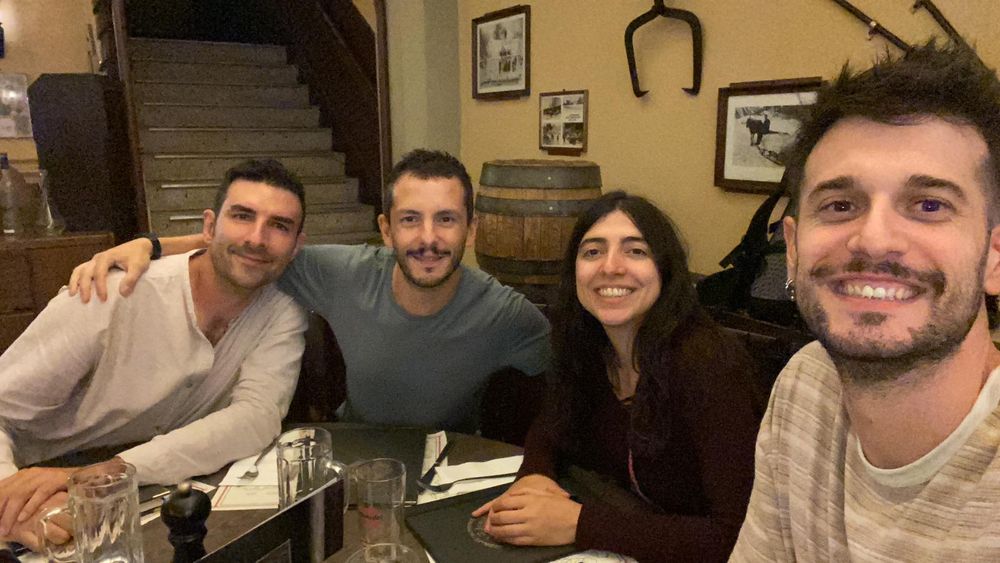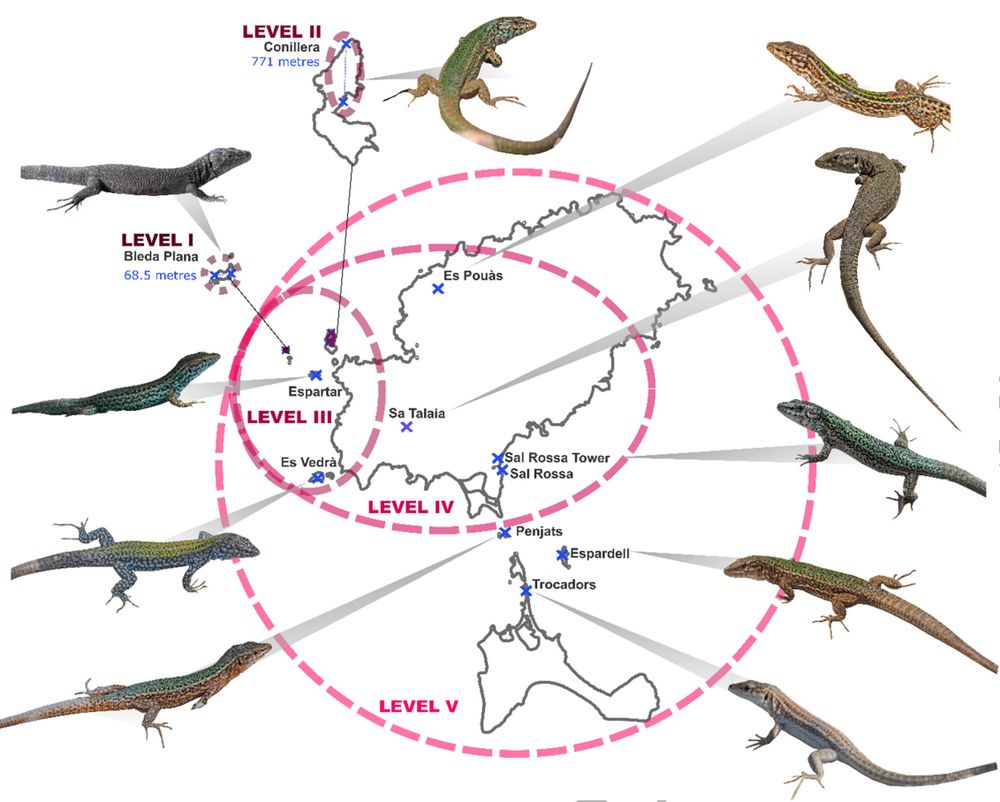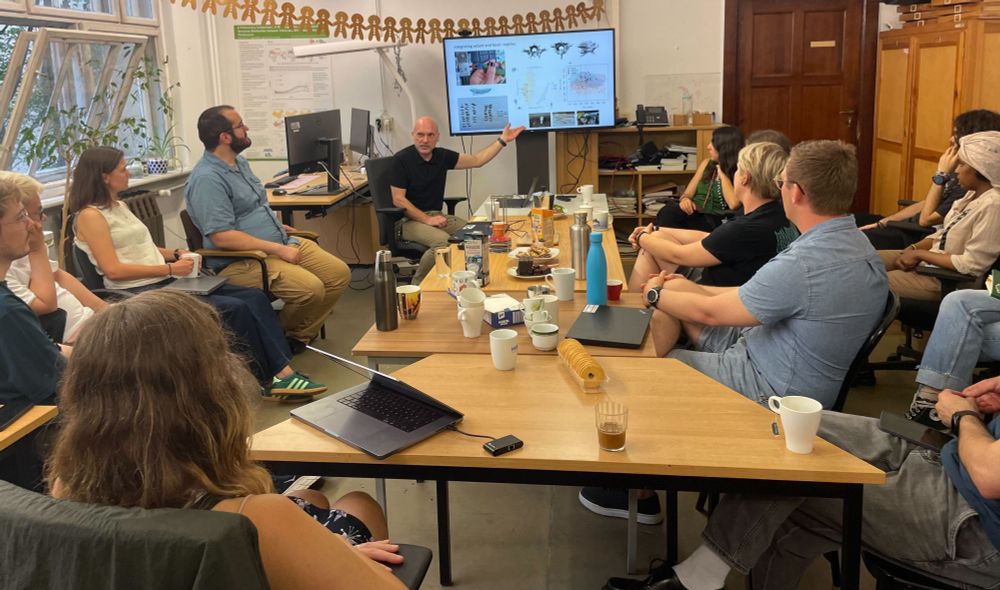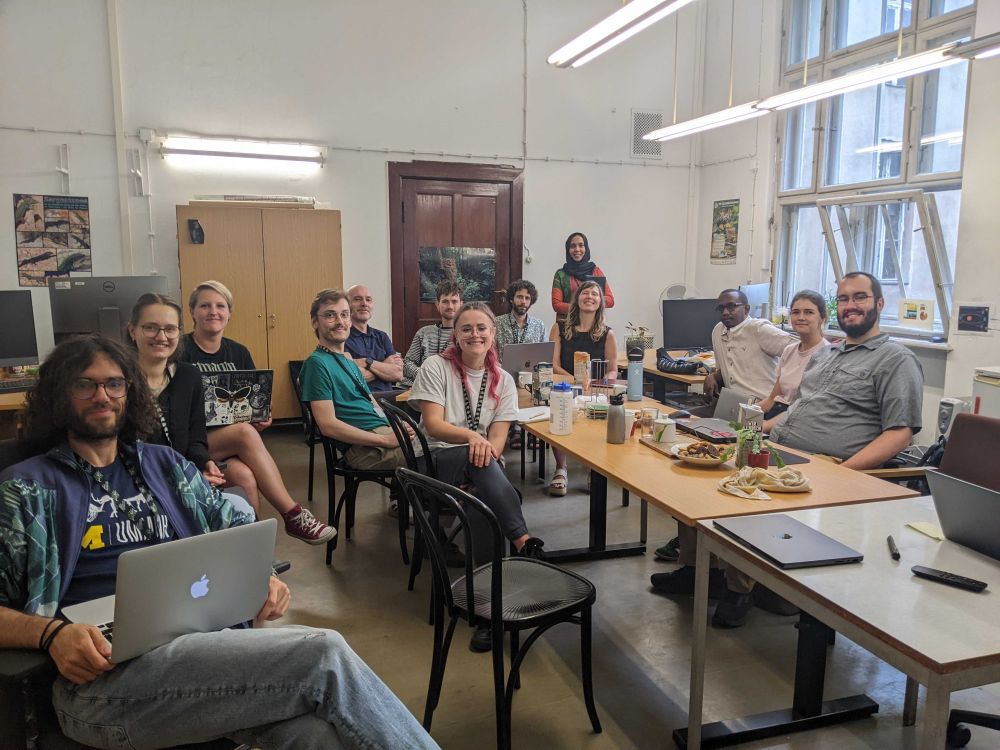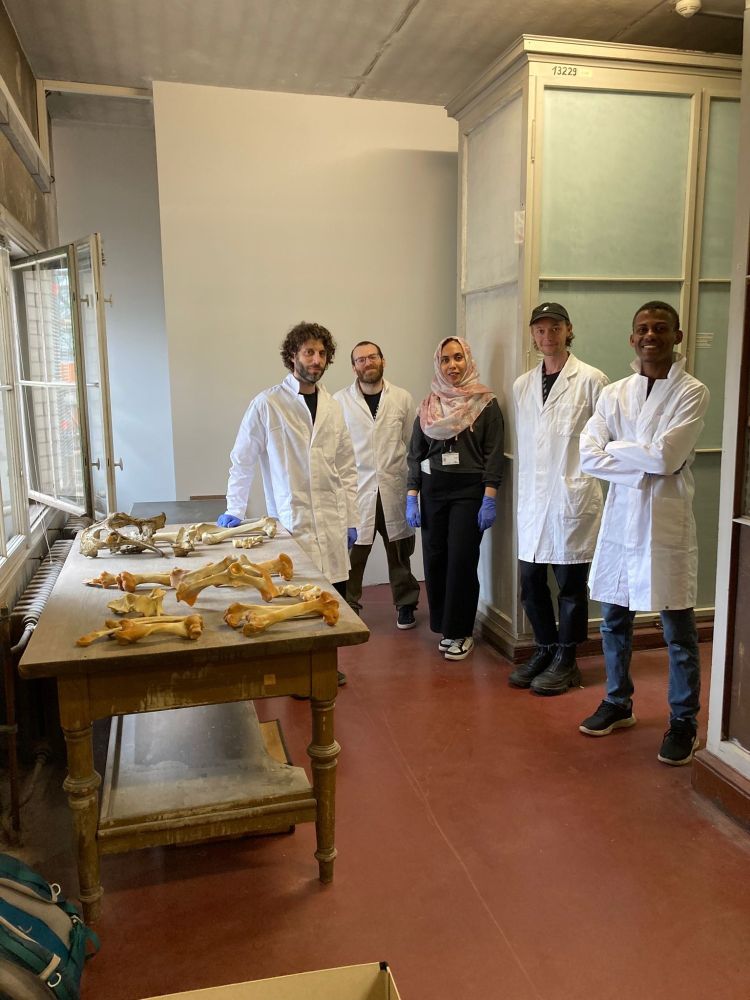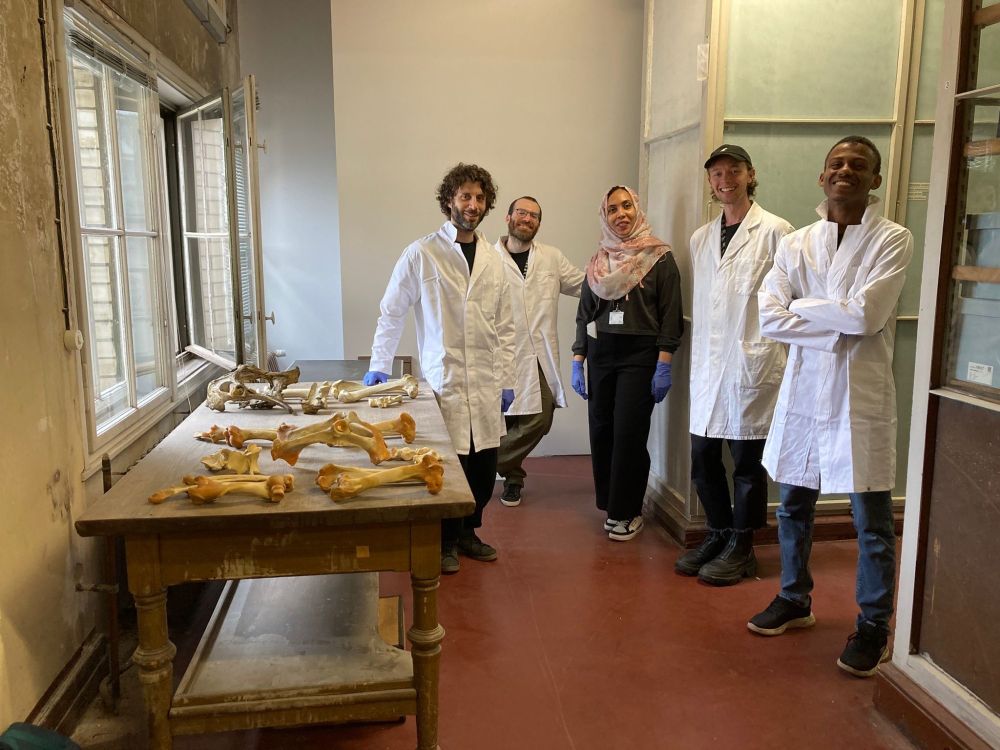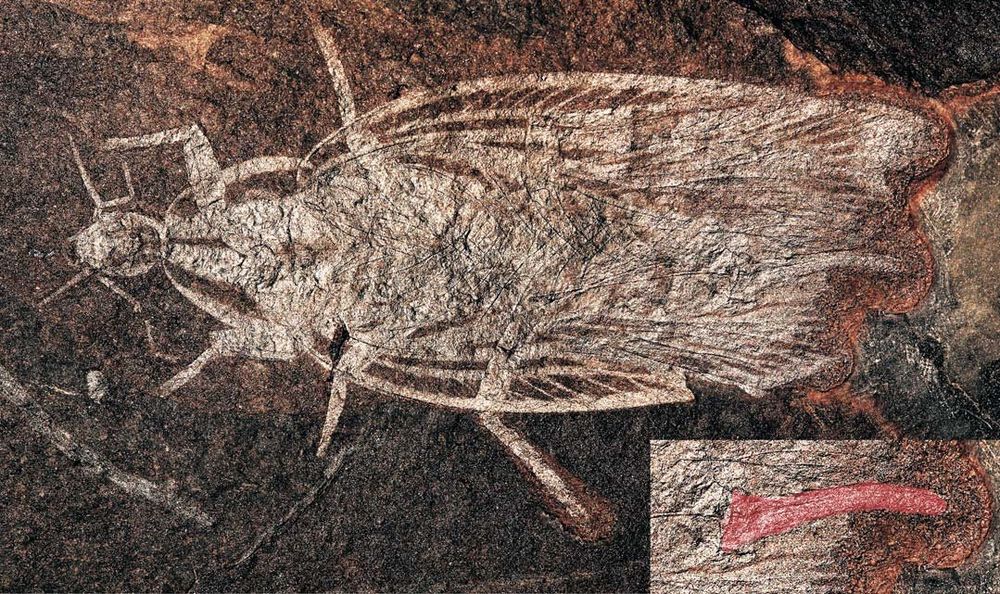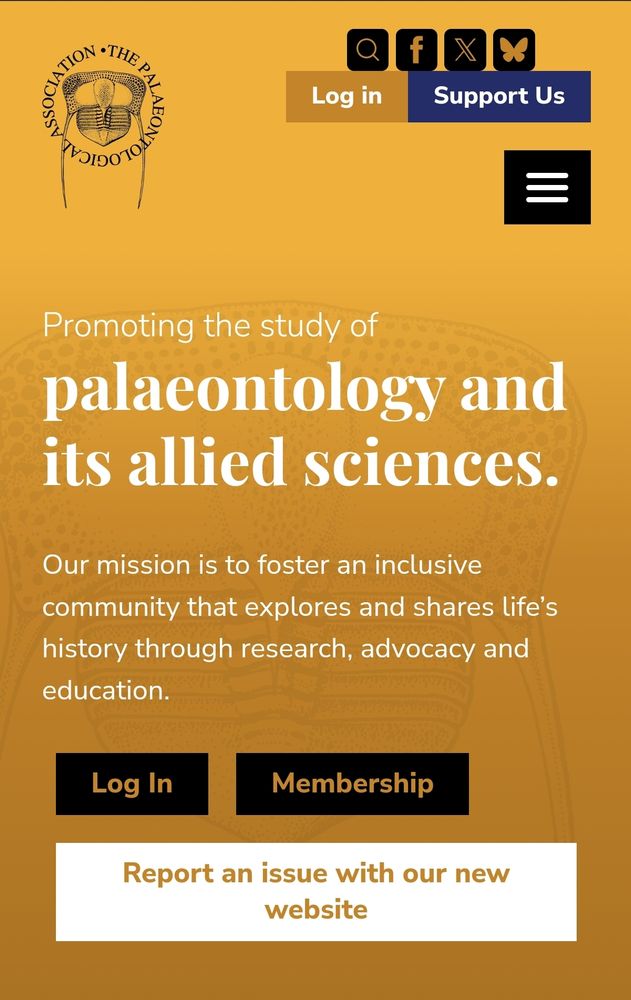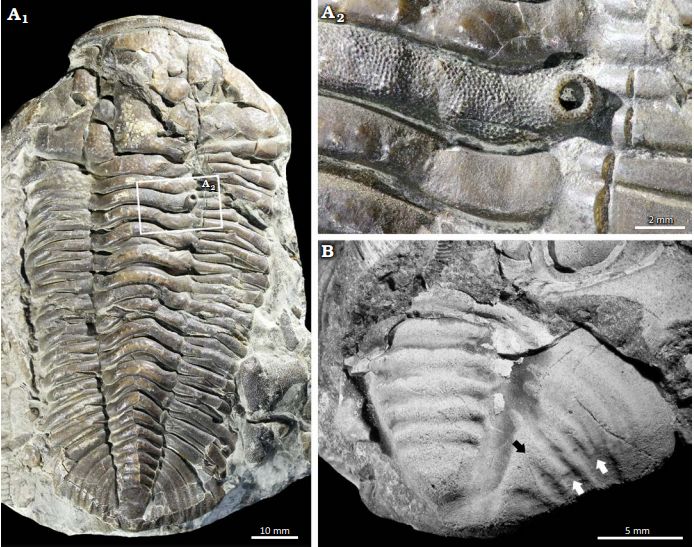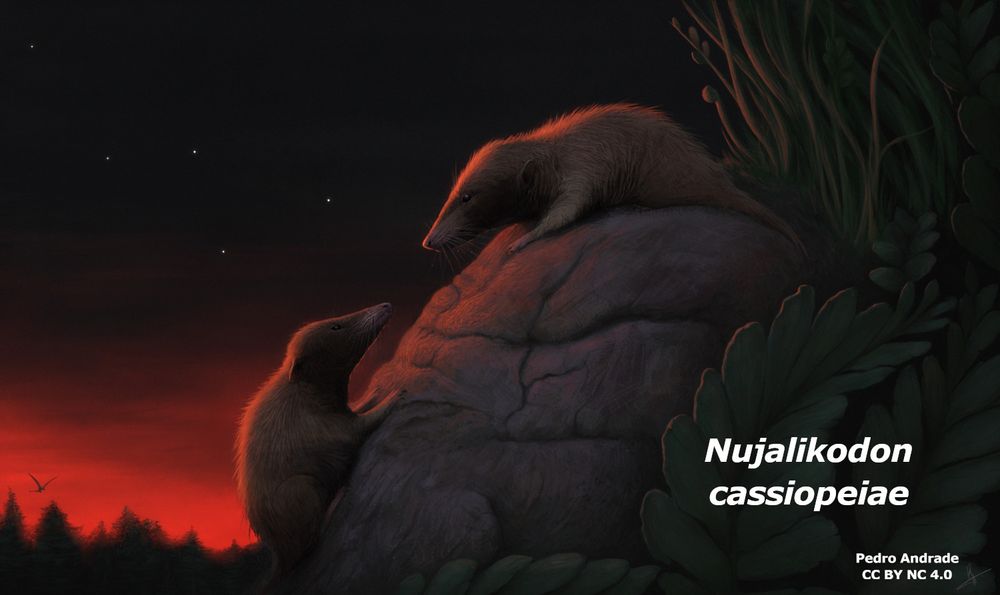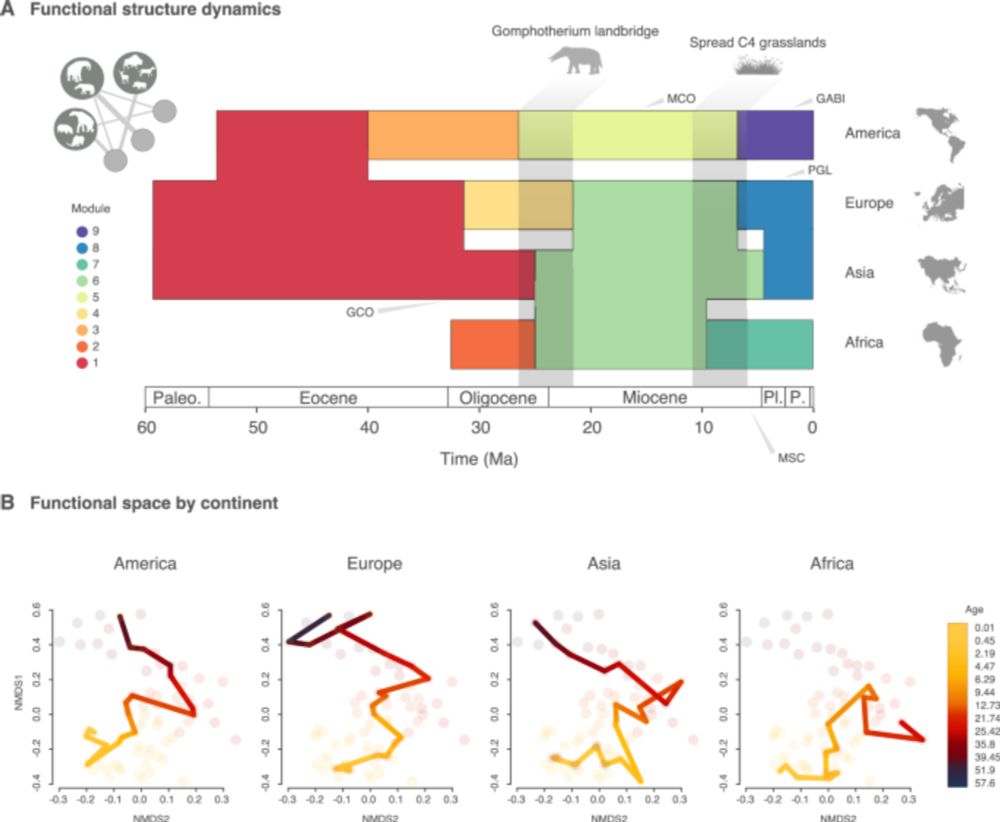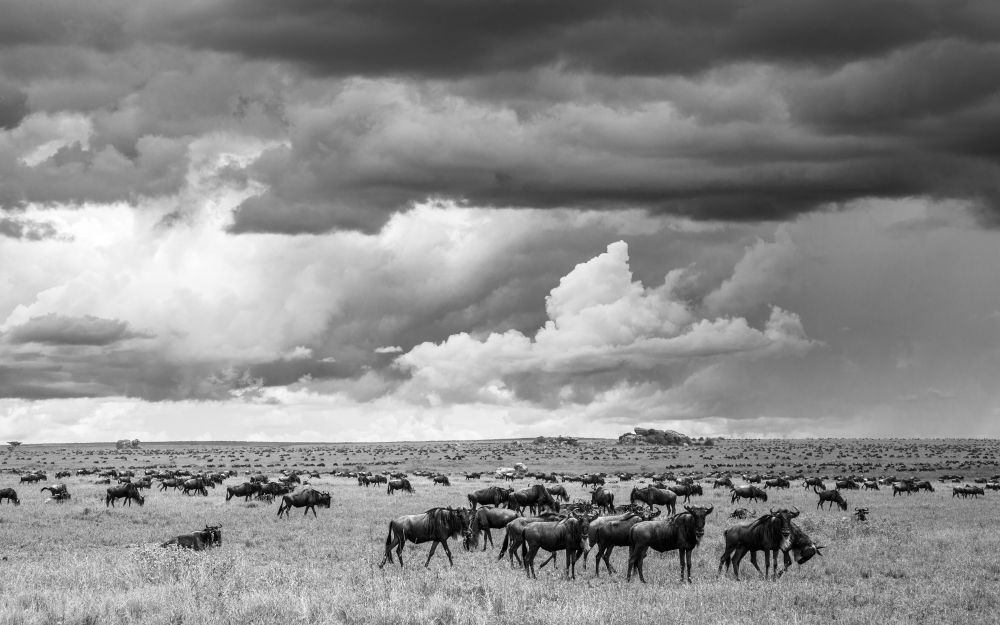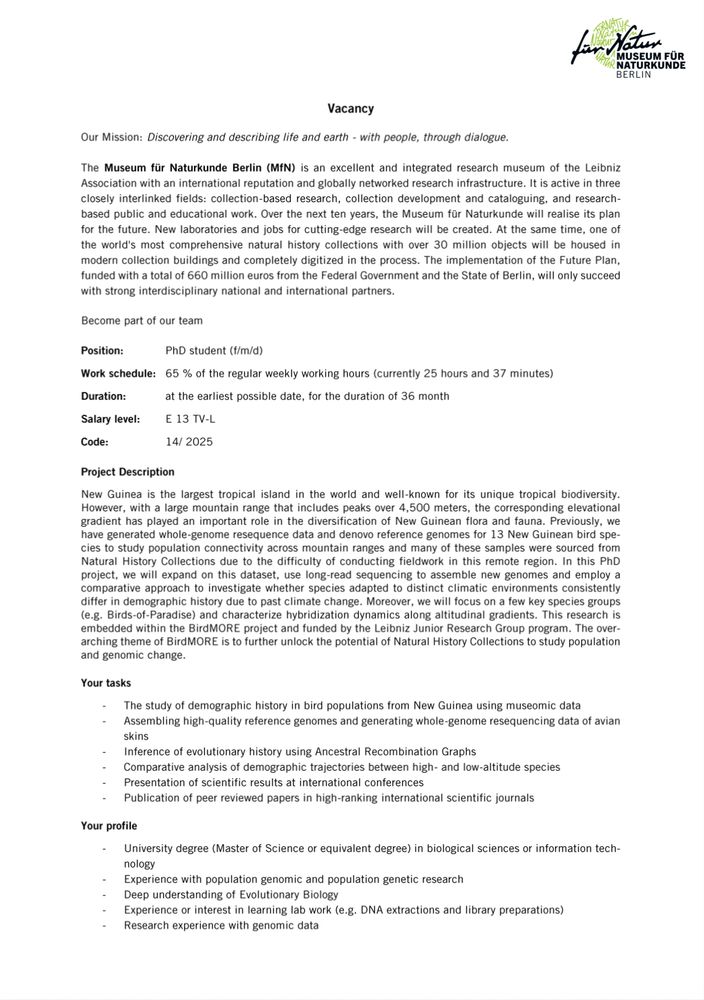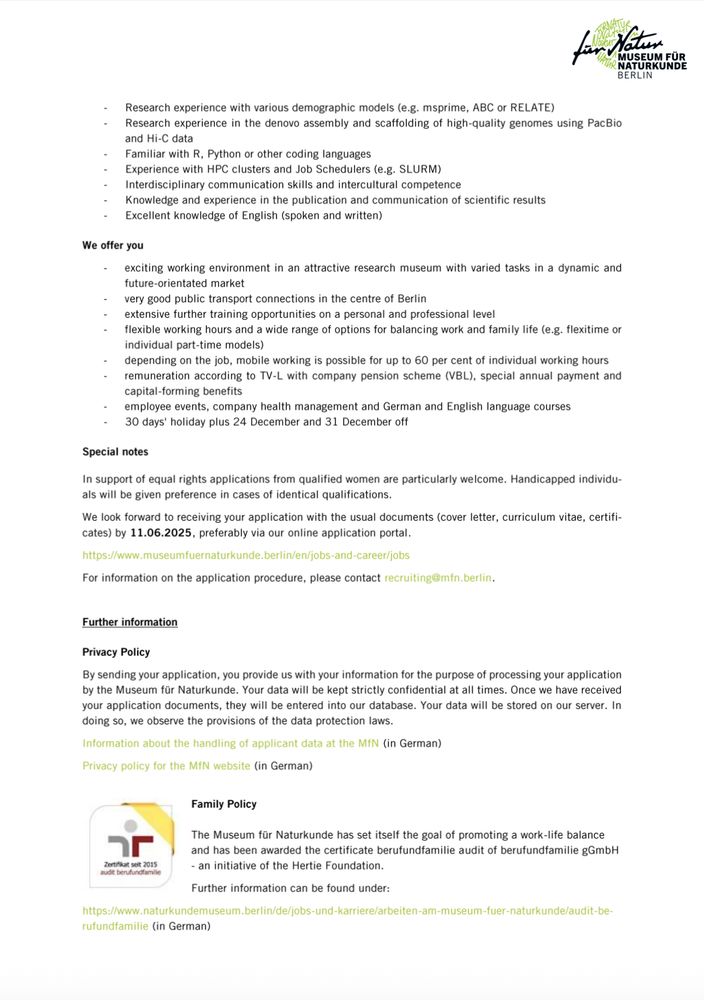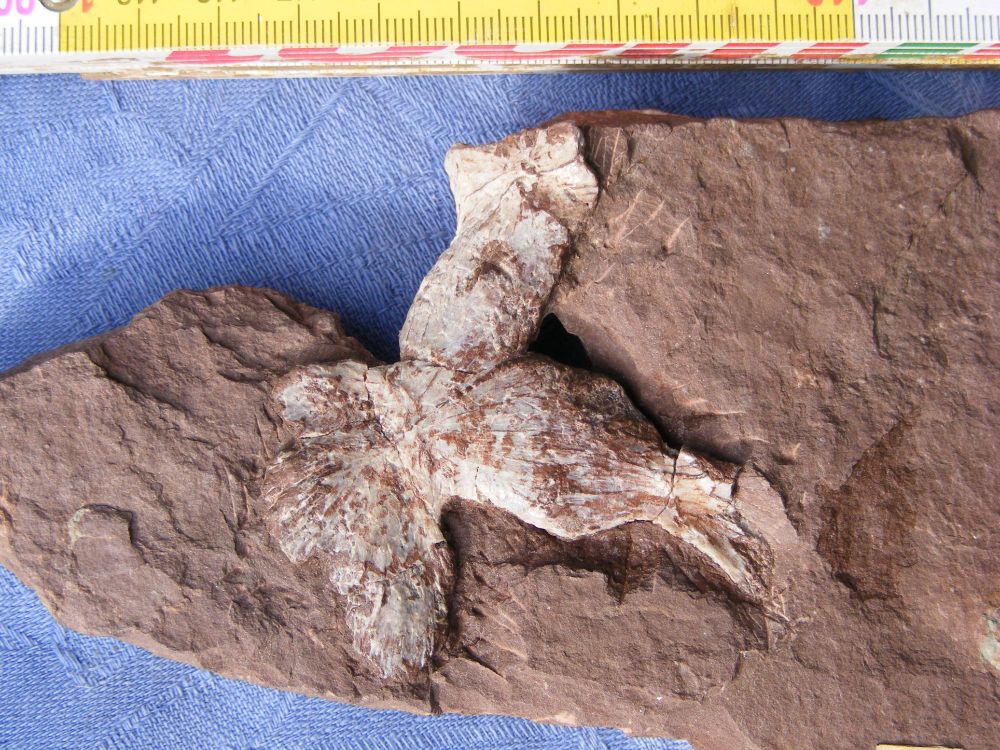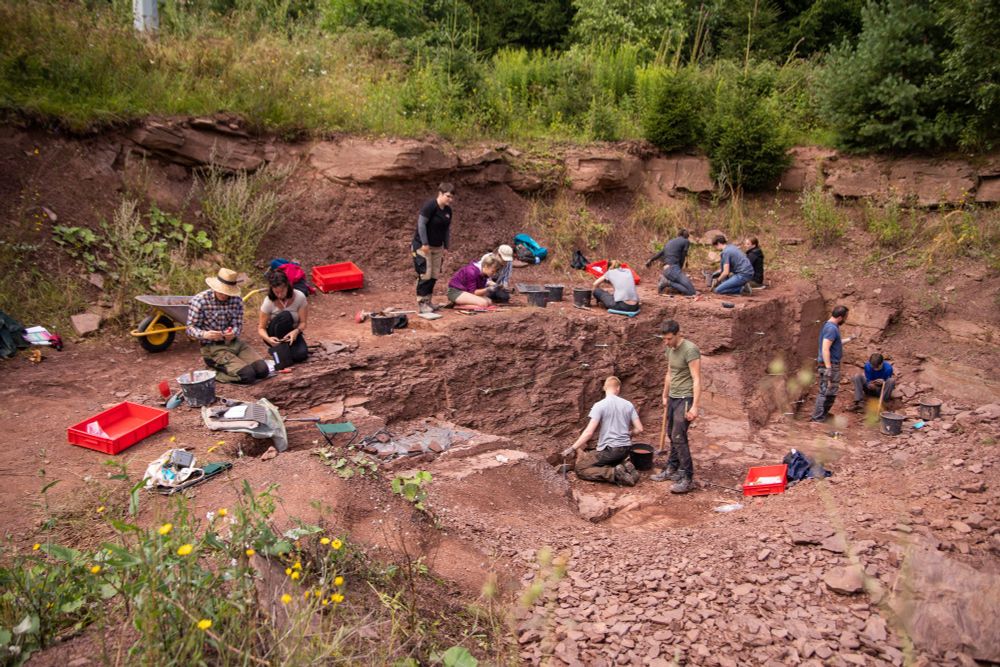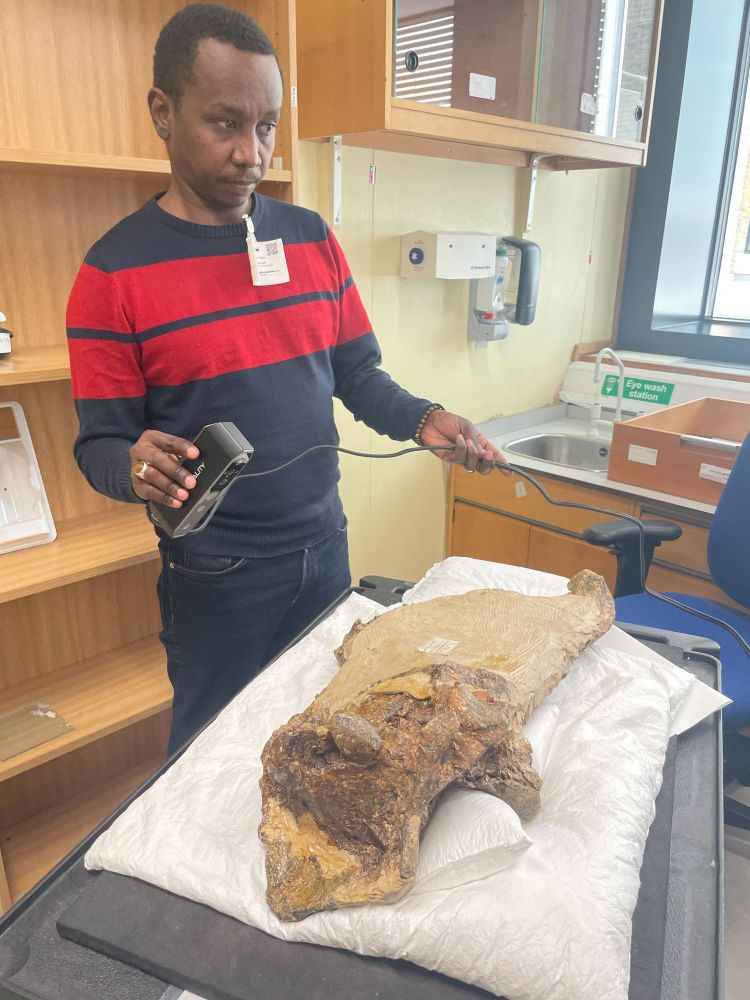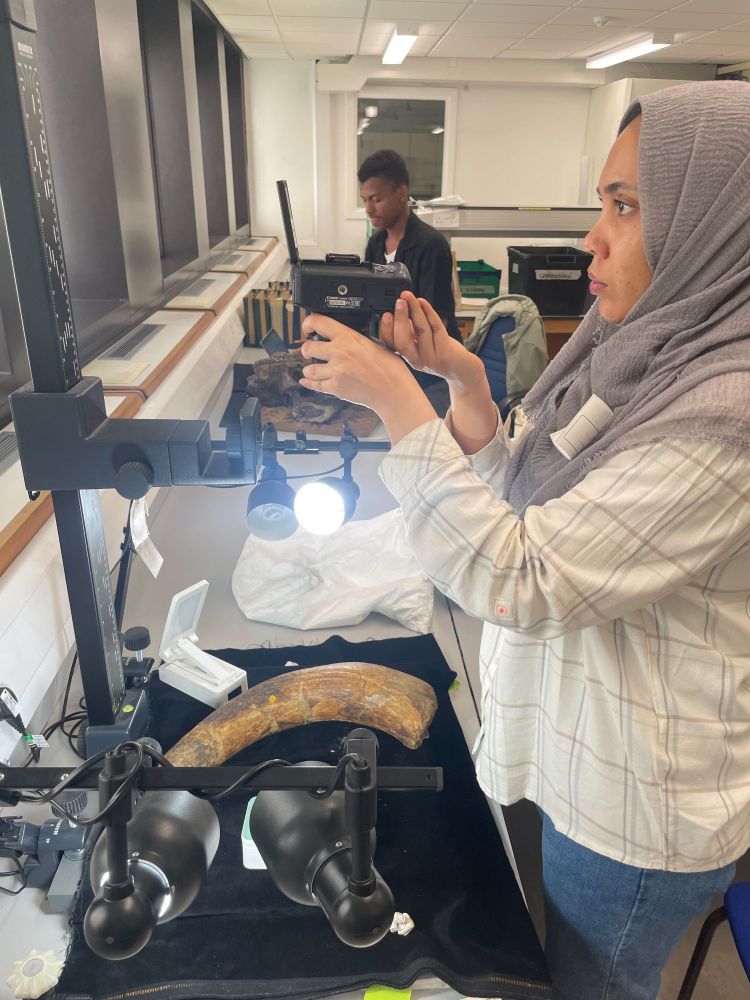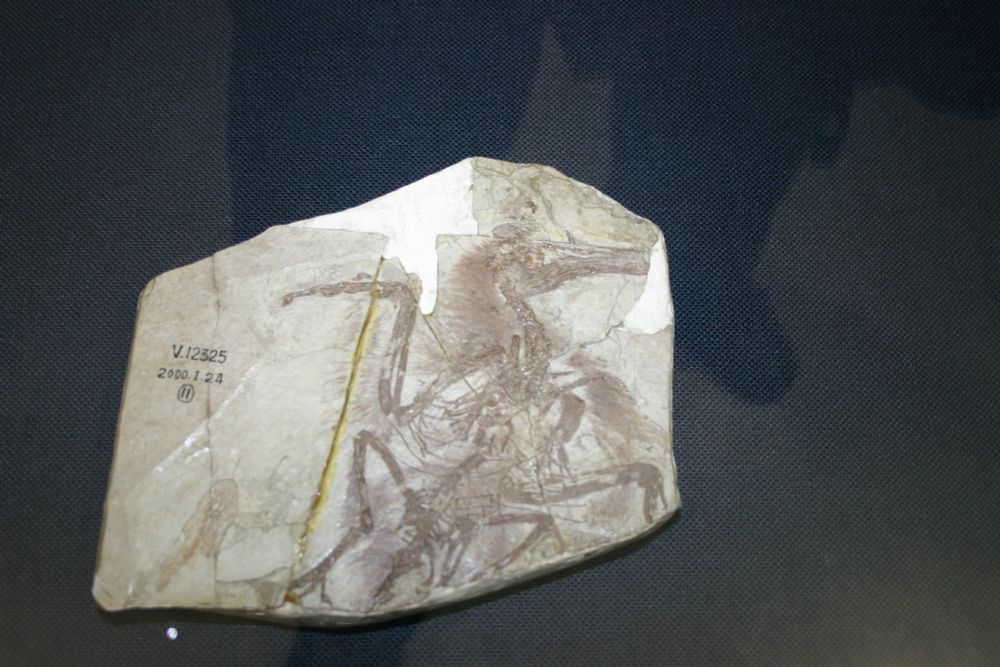Amniota Lab
@amniotalab.bsky.social
70 followers
78 following
85 posts
Johannes Müller and Faysal Bibi research group at the
@mfnberlin.bsky.social
check out our web: https://amniota.org
#paleontology #vertebrates #morphology #3D
Posts
Media
Videos
Starter Packs
Amniota Lab
@amniotalab.bsky.social
· Sep 3

Virtual endocast of the Late Miocene Hoplitomeryx matthei (Artiodactyla, Hoplitomerycidae) and brain evolution in insular ruminants | Proceedings of the Royal Society B: Biological Sciences
Mammals often follow peculiar evolutionary trajectories on islands, with some Pleistocene
insular large mammals exhibiting reduced relative brain size. However, the antiquity
of this phenomenon remain...
royalsocietypublishing.org
Amniota Lab
@amniotalab.bsky.social
· Aug 19

Biochronological and paleobiogeographic implications of the Dama-like deer sample from the latest Early Pleistocene of Cal Guardiola (NE Iberia)
Different species of Dama-like deer usually included in the genus Pseudodama, occurred in the European Plio-Pleistocene. In this paper, the medium-siz…
www.sciencedirect.com
Amniota Lab
@amniotalab.bsky.social
· Aug 8
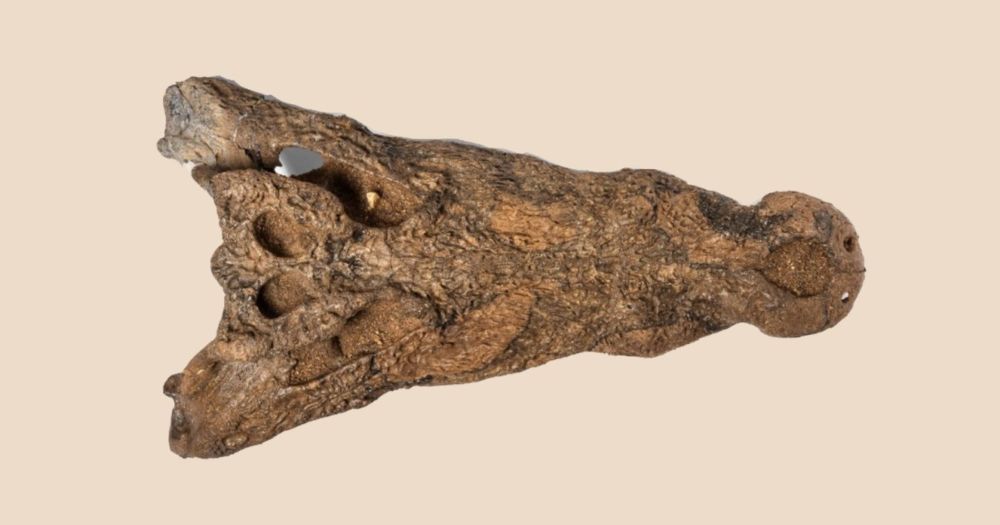
"تمساح السودان".. اكتشاف نادر على نهر عطبرة عمره 90 ألف سنة
كشفت دراسة حديثة عن أول سجل لتمساح منقرض من العصر البليستوسيني المتأخر في أفريقيا، ما يعيد رسم خريطة تنوع جنس “كروكودايلوس” خلال هذه الحقبة.
https://www.aljazeera.net/science/2025/8/5/تمساح-السودان-اكتشاف-نادر-على-نهر
Amniota Lab
@amniotalab.bsky.social
· Aug 5
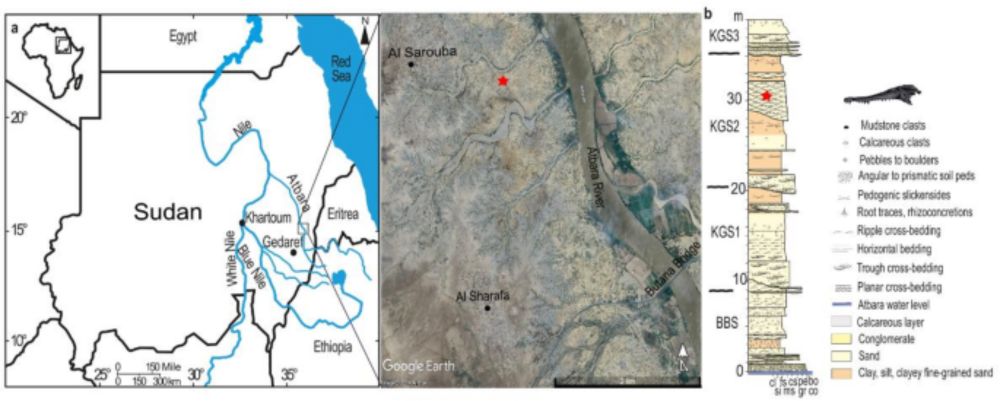
A new late Pleistocene fossil crocodile from Sudan reveals hidden diversity of Crocodylus in Africa - Scientific Reports
Scientific Reports - A new late Pleistocene fossil crocodile from Sudan reveals hidden diversity of Crocodylus in Africa
www.nature.com
Reposted by Amniota Lab
Reposted by Amniota Lab
Amniota Lab
@amniotalab.bsky.social
· Jun 18
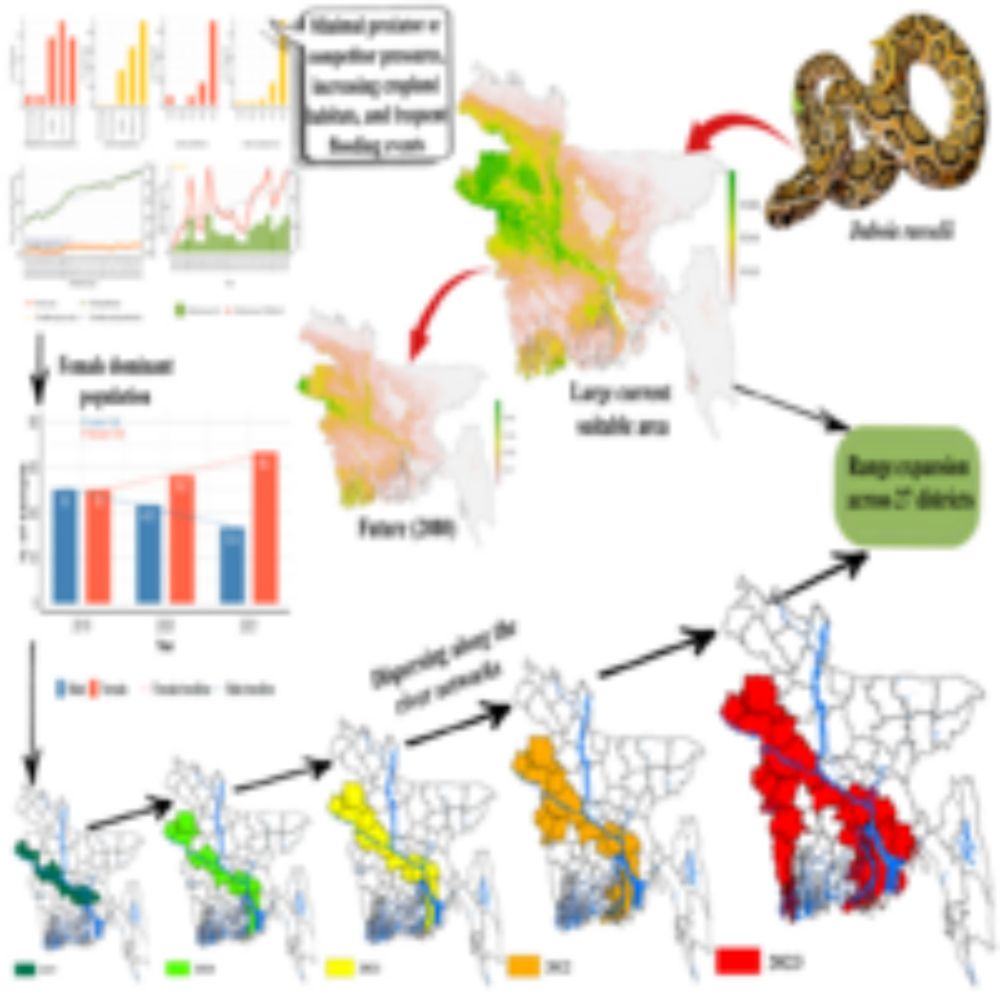
Expanding habitat suitability under changing climate and land use may drive rapid expansion of Russell’s viper (Daboia russelii) in Bangladesh
Eco-climatic and other environmental gradients significantly influence the geographic distribution of reptiles. In Bangladesh, the known range of Russell’s viper (Daboia russelii) has expanded extensi...
herpetozoa.pensoft.net
Reposted by Amniota Lab
Reposted by Amniota Lab
Amniota Lab
@amniotalab.bsky.social
· Jun 9
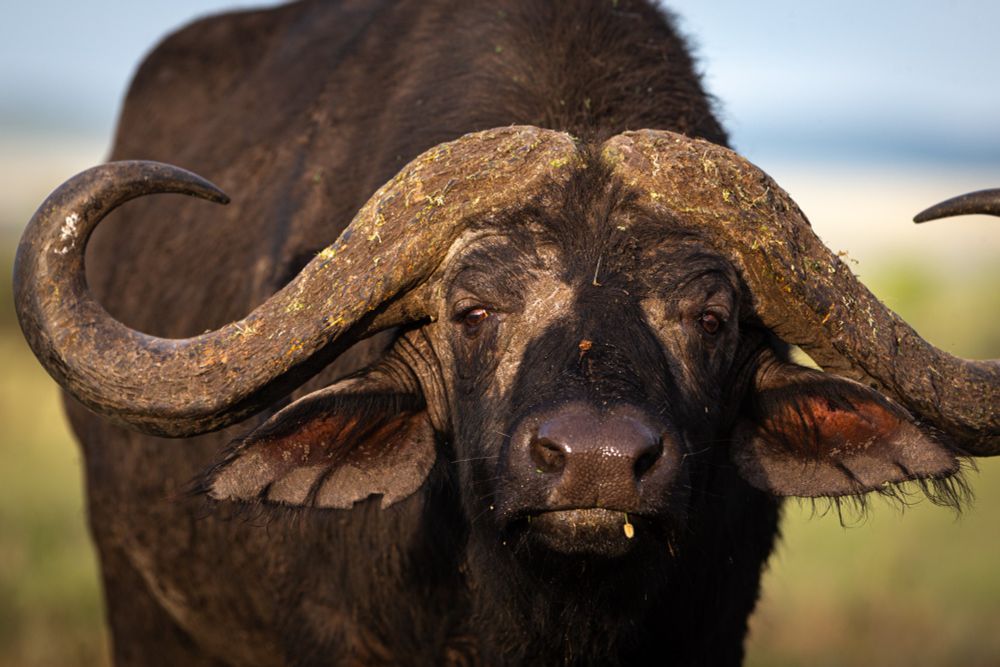
Was uns 60 Millionen Jahre stabile Ökosysteme über den heutigen Artenverlust lehren
Eine neue Studie unter Leitung der Universität Göteborg mit Beteiligung von Forschenden aus dem Museum für Naturkunde Berlin und Spanien zeigt, wie große urzeitliche Pflanzenfresser auf tiefgreifende ...
www.museumfuernaturkunde.berlin
Amniota Lab
@amniotalab.bsky.social
· Jun 9

Was uns 60 Millionen Jahre stabile Ökosysteme über den heutigen Artenverlust lehren
Eine neue Studie unter Leitung der Universität Göteborg mit Beteiligung von Forschenden aus dem Museum für Naturkunde Berlin und Spanien zeigt, wie große urzeitliche Pflanzenfresser auf tiefgreifende ...
www.museumfuernaturkunde.berlin
Amniota Lab
@amniotalab.bsky.social
· Jun 5
Reposted by Amniota Lab
Reposted by Amniota Lab
Reposted by Amniota Lab
